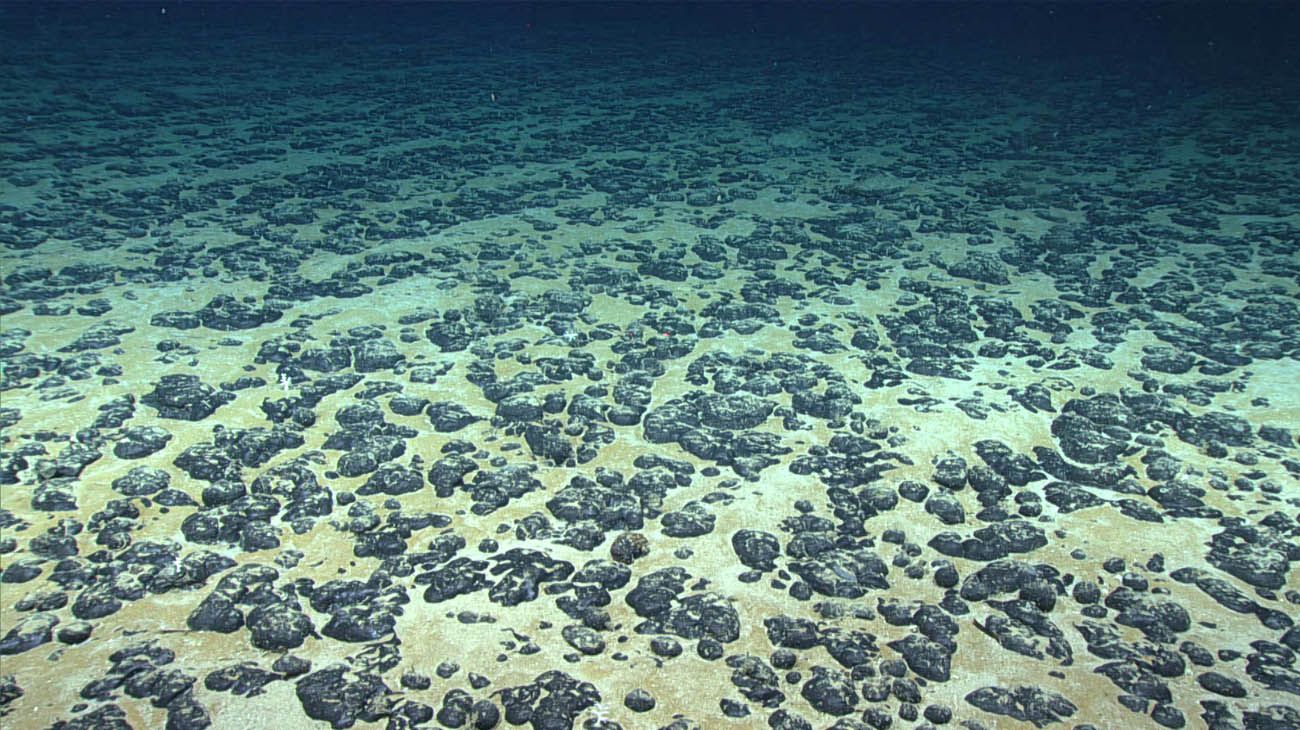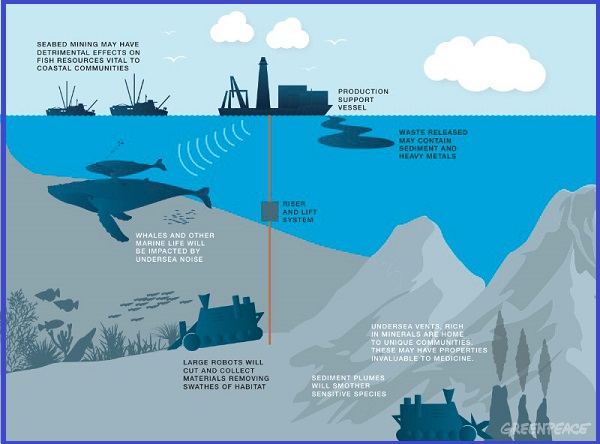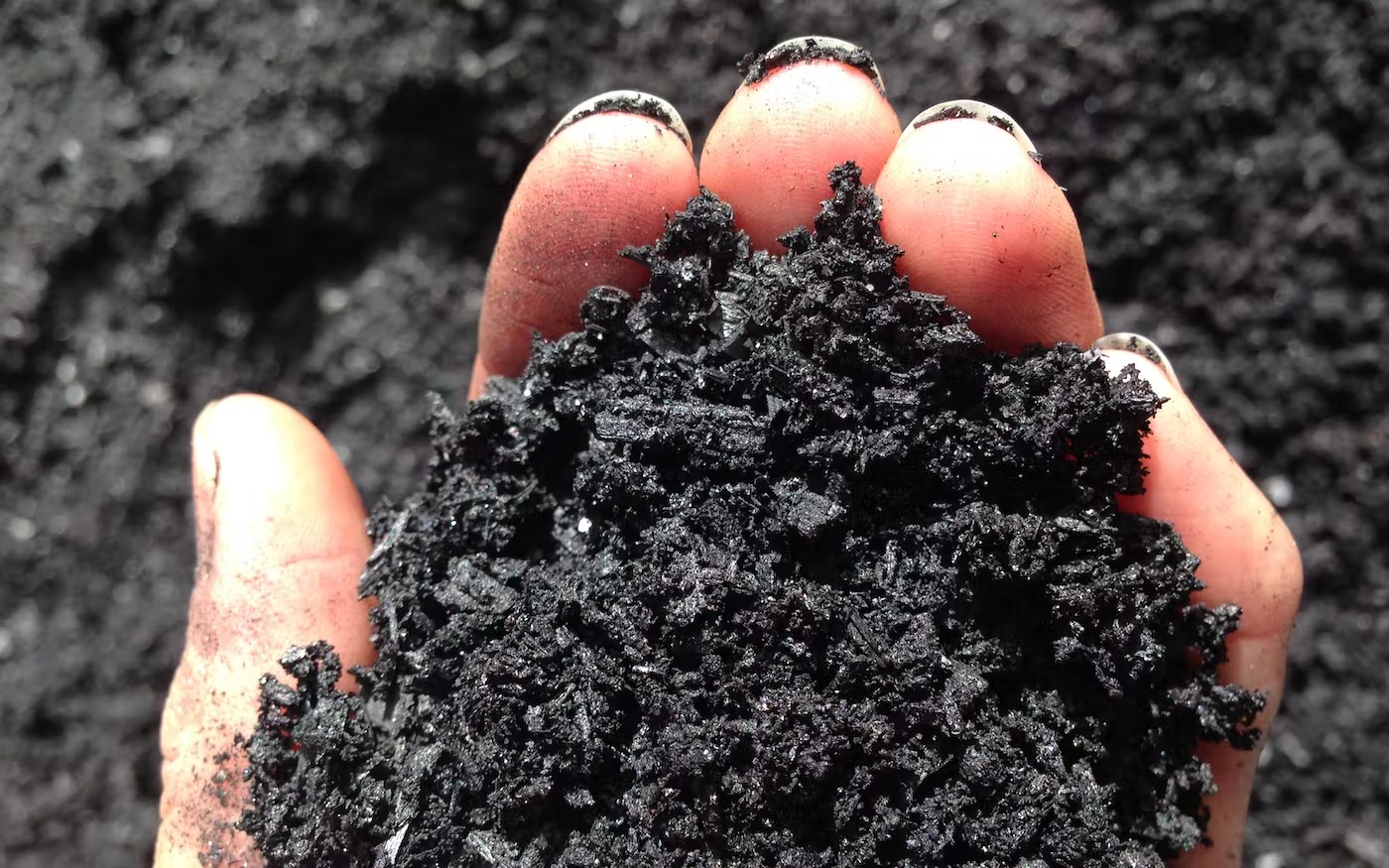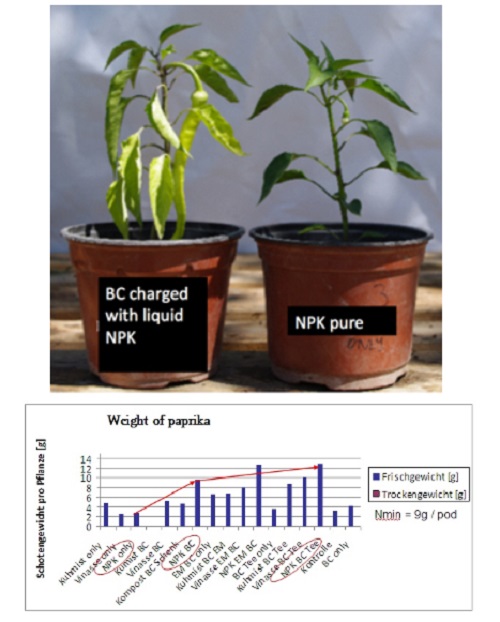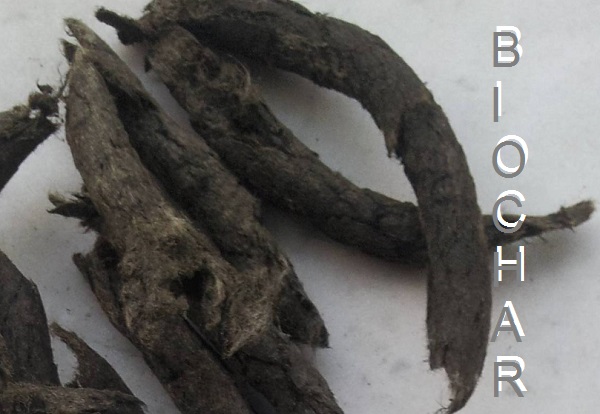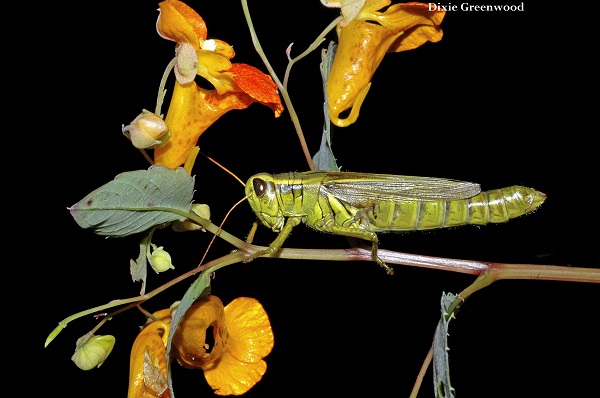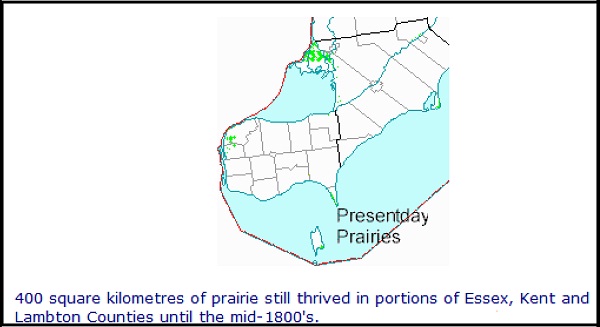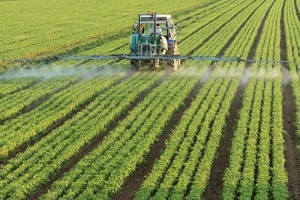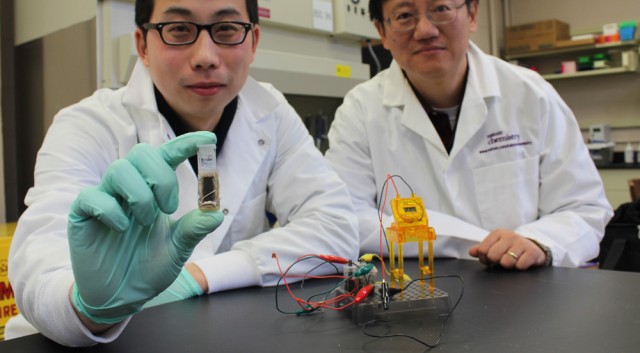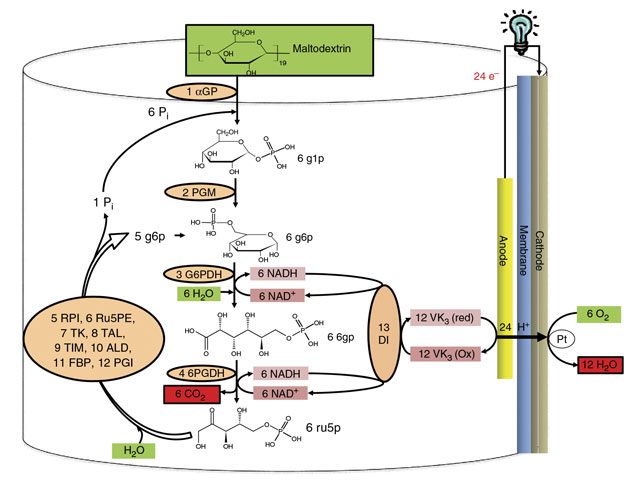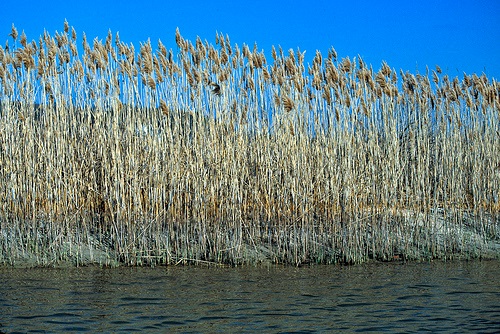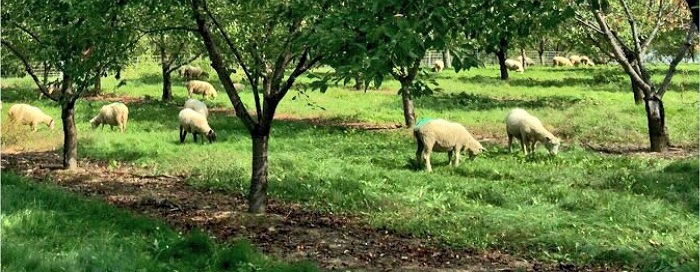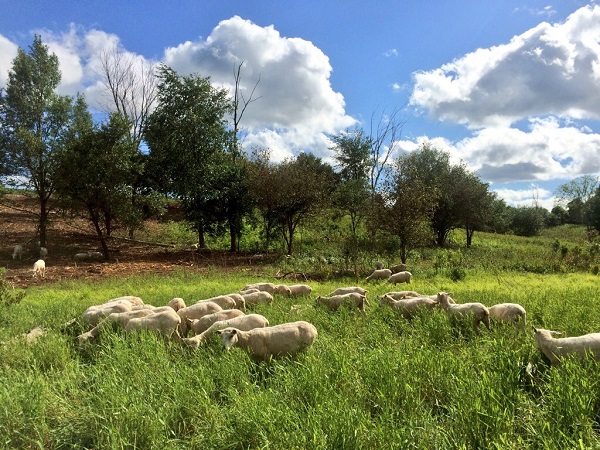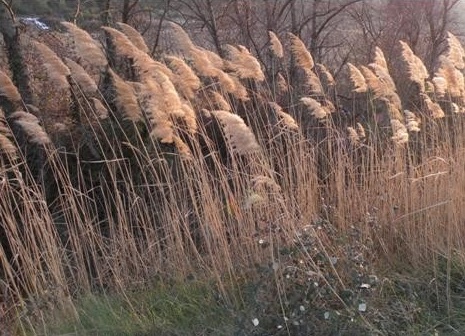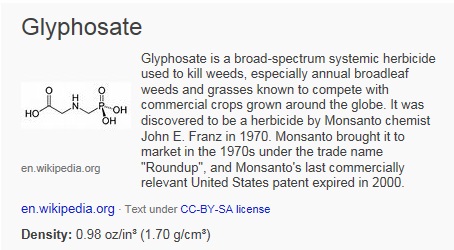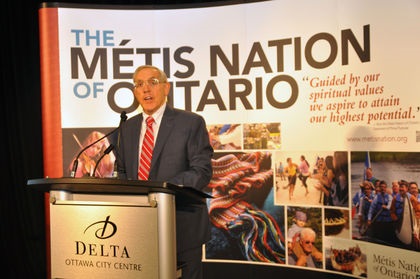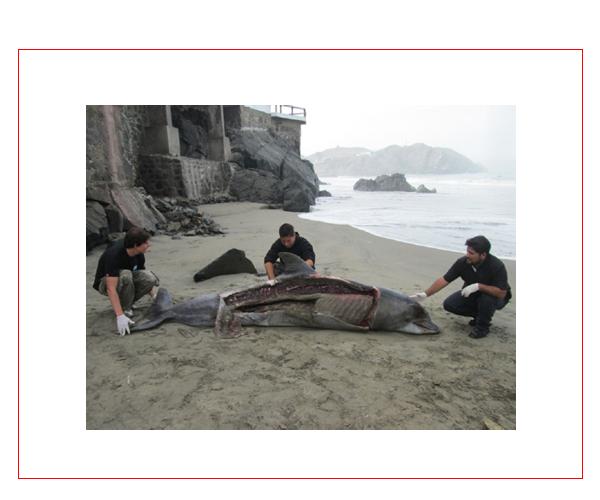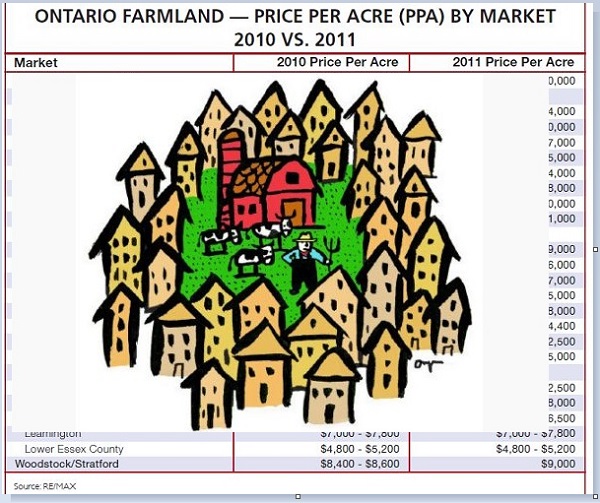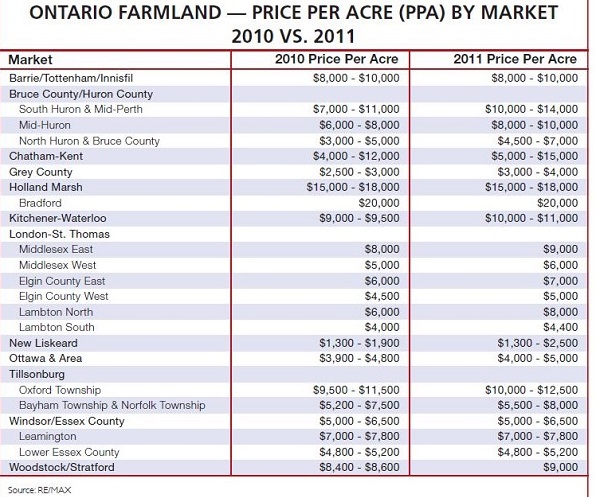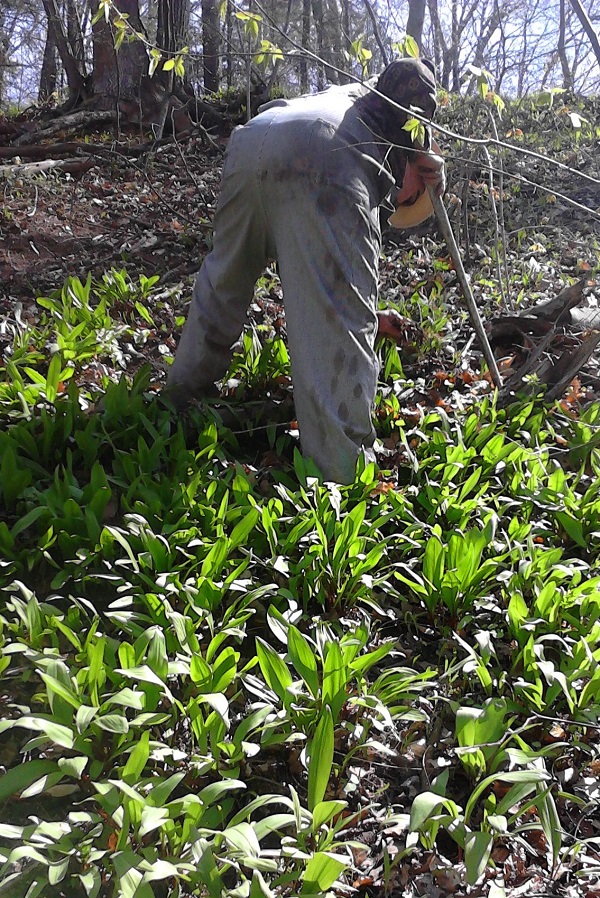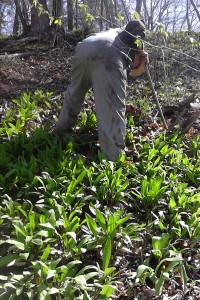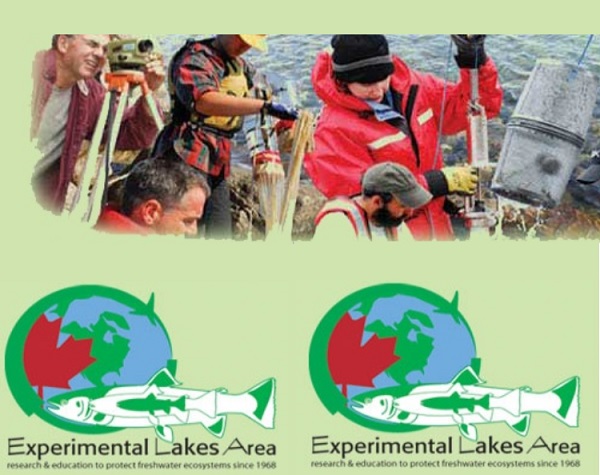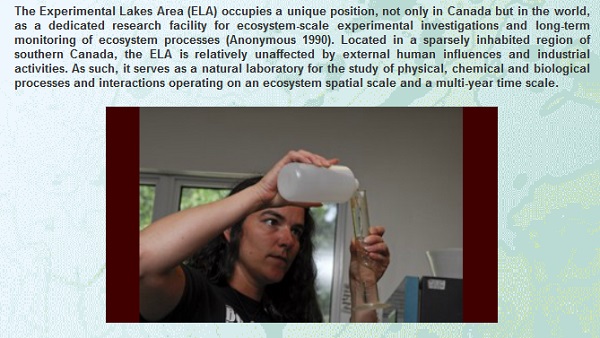 Hello Silo, I think this is a very, very important non-partisan political issue.
Hello Silo, I think this is a very, very important non-partisan political issue.
I believe it is imperative to get the word out to all Canadians.
I hope The Silo will give it some publicity.
It is about the Canada-China Treaty Agreement.
This is a letter I got from Elizabeth May after I sent an eletter to Mr Harper.
“Thank you for your interest in the Canada-China Investment Treaty. Although Stephen Harper prefers to keep Canadians in the dark about this Agreement’s grave implications for our sovereignty, security, and democracy, I am hopeful that we can force the issue into daylight. Your letter proves that you recognize the seriousness and urgency of what is about to take place behind our backs.
While the Canada-China Investment Treaty will likely be our most significant treaty since NAFTA, Stephen Harper plans to sign it into law as early as November 2nd, 2012, without any public consultation, any consultation with First Nations, any Parliamentary debate, or even a single vote in the House of Commons. I do not accept such blatant disrespect for either the will of Canadians or for our democratic institutions.
Sadly, in addition to the anti-democratic process to approve this Agreement, it is the actual content of this investment deal with which I am most concerned. For the first time in Canadian history, the Canada-China Investment Treaty will allow investors (including Chinese state-owned enterprises such as CNOOC or Sinopec), to claim damages against the Canadian government in secret, for decisions taken at the municipal, provincial, territorial or federal level that result in a reduction of their expectation of profits. Even decisions of Canadian courts can give rise to damages.
Realizing what the Conservatives were attempting to do, in secret and without debate, and realizing that we will be bound by this destructive Agreement for up to 31 years once it is ratified, on October 1st, 2012, I made a request in the House of Commons for an Emergency Debate to allow Canada’s democratically elected Members of Parliament to study the implications of the Canada-China Investment Treaty.
Although my request for an Emergency Debate was regrettably denied, we have not given up and are continuing to pursue all available options to stop the treaty’s approval. Given what is at stake, we hope that you will join us.
In addition to the tools found on our Canada-China Investment Treaty campaign site at http://www.greenparty.ca/stop-the-sellout, I urge you to push back against this sell-out of our sovereignty, security, and democracy, and help to educate Canadians by talking to your friends and neighbours, writing letters to the editor in local and national newspapers, calling in to talk radio shows, and filling up the comment boards of news website.
Crucially, this is not a partisan issue, and it is only by coming together to stand up for Canada that we will succeed in stopping this agreement.
Stand up against the sellout to China | Green Party of Canada
www.greenparty.ca
On September 9th, Prime Minister Stephen Harper signed an agreement with China, theCanada-ChinaInvestment Treaty. The agreement was kept from the Canadian public and Parliament until September 26th, 2012, when it was quietly made public, tabled in the House of Commons. No press release. No technical…. Jackie Davies
Follow-up Letter from Mrs. Davies
The Canada-China Investment Treaty is a threat to our national integrity, environmental values, and our autonomy.
And, it is now legal for it to happen without any debate in our nation’s Parliament.
It is the biggest trade deal since NAFTA (1994).
What it will allow is this: Chinese companies (including state-owned enterprises) will be able to sue Canada over decisions that can limit or reduce their expectation of profits. China could claim damages against Canada for decisions at the municipal, provincial, territorial or federal level. Even decisions of our courts can give rise to damages.
It contains the same damaging clauses as NAFTA which are right at this very moment eroding away our Canadian resources and autonomy.
In an email she sent out, Elizabeth May says:
“On November 15th, US-incorporated firm Lone Pine Resources announced its intentions of suing the Government of Canada under the North American Free-Trade Agreement’s infamous Chapter 11. Over what? Quebec’s decision to impose a moratorium on all oil and gas exploration activities in the Gulf of Saint Lawrence.
By announcing the moratorium, Quebec not only made the right decision (the GPC is the only federal party calling for a moratorium on any oil and gas exploration and/or development in the Gulf of St. Lawrence), but it set the standard for every other province. The decision was made by elected officials and with overwhelming support in the population. Every Quebecer still had the Deepwater Horizon drilling rig explosion in mind. Lone Pine argues the decision was “arbitrary”. I say it was not.”
And so do I and thousands upon thousands of other Canadians.
This is not theoretical. This is happening right now with private US corporations. I shudder to think what would happen if Chinese Communist Party-controlled enterprises had this kind of power over our democratic processes.
For more information on what you can do about the Canada-China Investment Treaty
go to this link http://www.greenparty.ca/stop-the-sellout/action
By the way, Green Leader Elizabeth May won top honours at tonight’s 2012 Parliamentarian of the Year Awards, an annual event organised by Macleans’ and L’Actualité. The MPs themselves voted in eight categories to select the winners.
“I am so honoured to receive such an enormous award from my colleagues in the House.” She is the first woman and first Green Party member to win the award.
Jackie Davies
*The Silo is a non-partisan online and print publication. The opinions expressed in Letters to the Silo are not necessarily those of the Silo/Mith Media. We welcome all input and encourage informed debate
